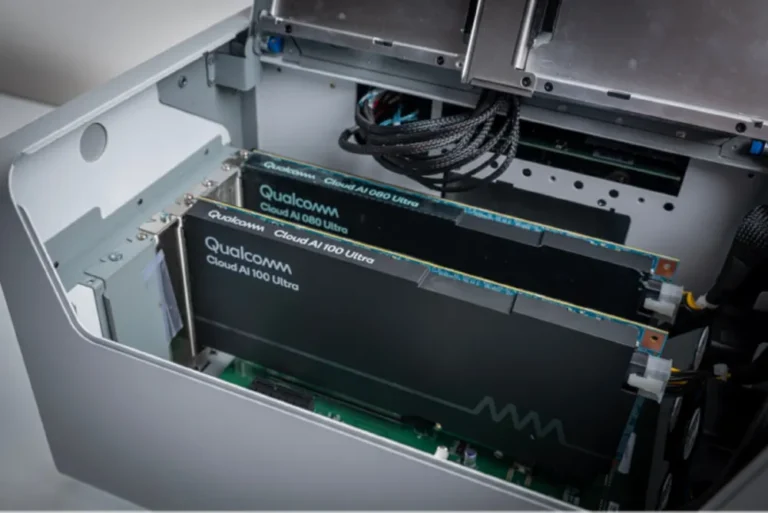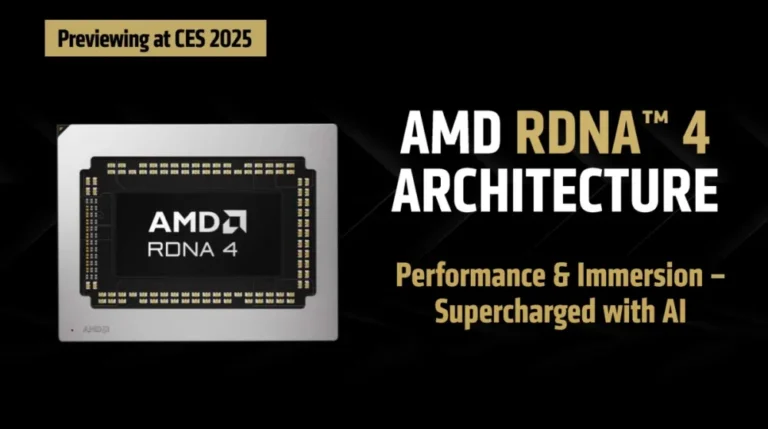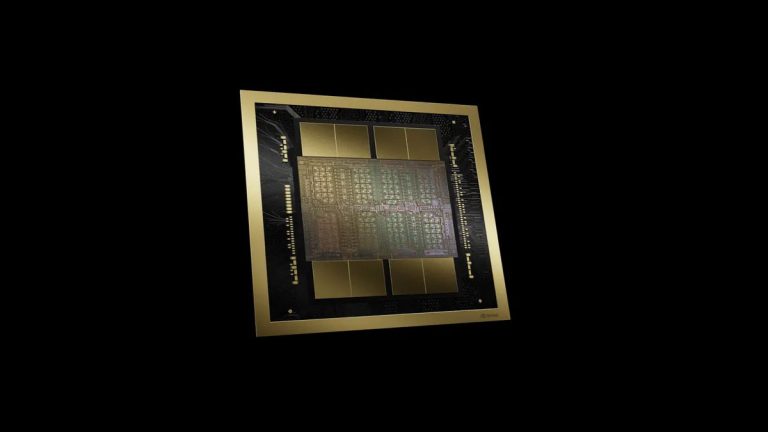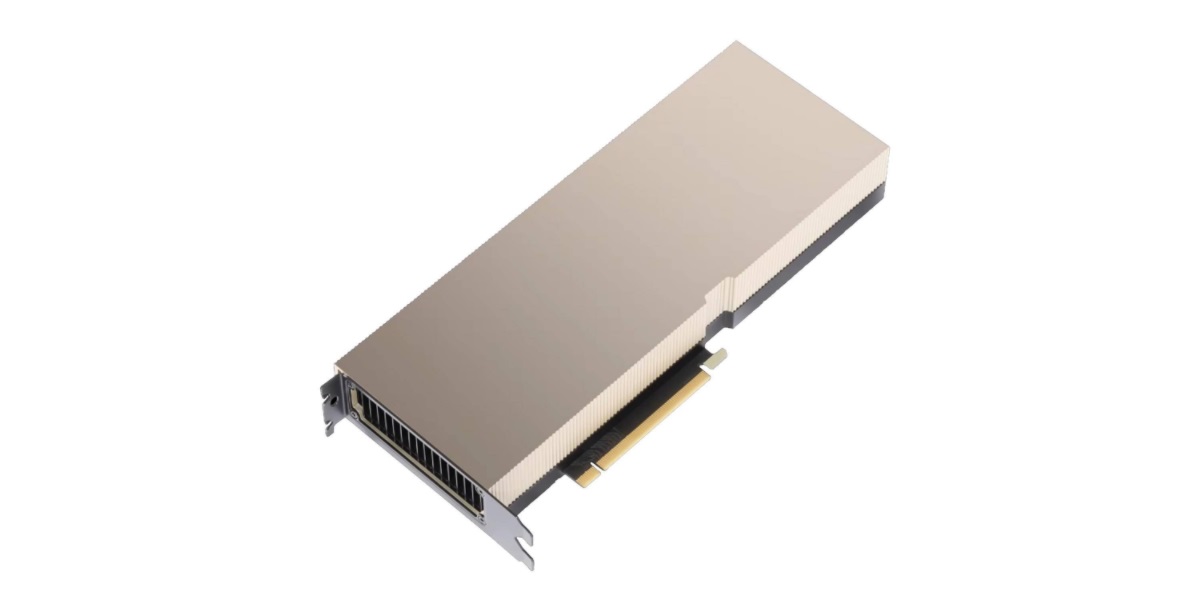
Last year, NVIDIA introduced the H20 computing card, specifically designed for the Chinese market, in response to new U.S. government export controls on advanced artificial intelligence (AI) chips. Built on the Hopper architecture, it replaced the previously sold A800 and H800 models. Although there is a significant performance reduction, it meets the needs of some customers, and NVIDIA has garnered increased revenue. NVIDIA has not disclosed the exact differences in specifications and performance between the H20 and the globally popular H100.
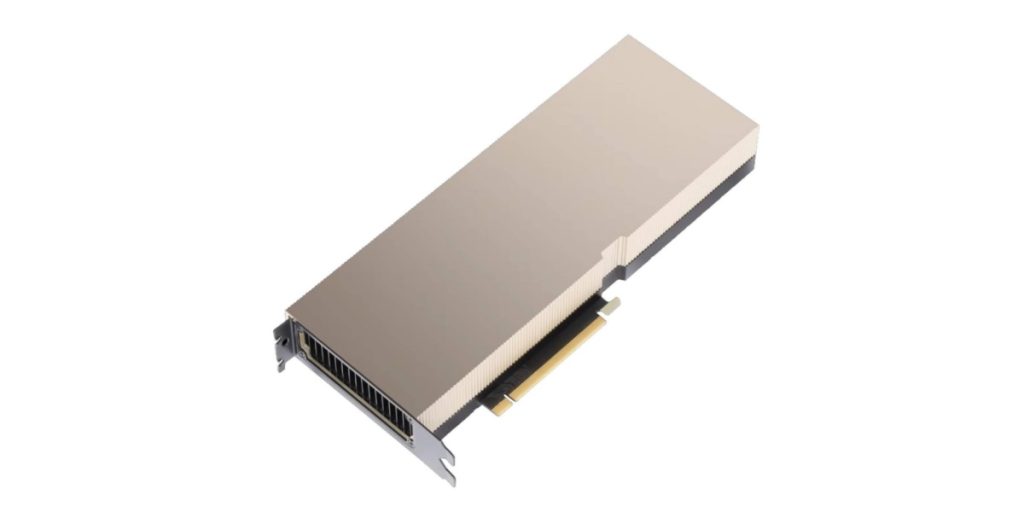
According to Wccftech, the H20 has appeared in the Geekbench 6 database, revealing that it is equipped with 78 SM units. The GH100 chip’s full configuration includes 144 SM units, but not all are activated in actual H100 products. The SXM5 version enables 132 SM units, while the PCIe 5.0 version activates 114 SM units. Compared to the highest configuration H100, the H20 has 41% fewer cores. The H20 features 96GB of HBM3, which is higher than the 80GB version of the H100 but lower than the later version with 144GB HBM3E. The H20’s bandwidth is 4.0 TB/s, compared to the top-tier solution’s 8.0 TB/s.
In terms of performance, the H20 offers 296 TFLOPS for INT8, 148 TFLOPS for FP16, 74 TFLOPS for TF32, 44 TFLOPS for FP32, and only 1 TFLOPS for FP64. Additionally, the H20 includes 60MB of L2 cache, supports up to 7 multi-instance GPUs, an 8-way HGX configuration, 900 GB/s NVLink bandwidth, and has a TDP of 400W.
In OpenCL benchmark tests, the H20 scored 248,992 points. The 80GB version of the H100 scored around 280,000 points in the same test, while the H100 with 132 SM units could reach approximately 350,000 points. The score for the H100 with 144GB HBM3E would be even higher.
Recent reports suggest that the H20 computing card has a promising sales outlook and has been well-received by customers. It is estimated that NVIDIA will sell over one million H20 units to China in 2024, with each priced between $12,000 and $13,000, leading to sales exceeding $12 billion, surpassing NVIDIA’s total revenue in China for the previous fiscal year.
